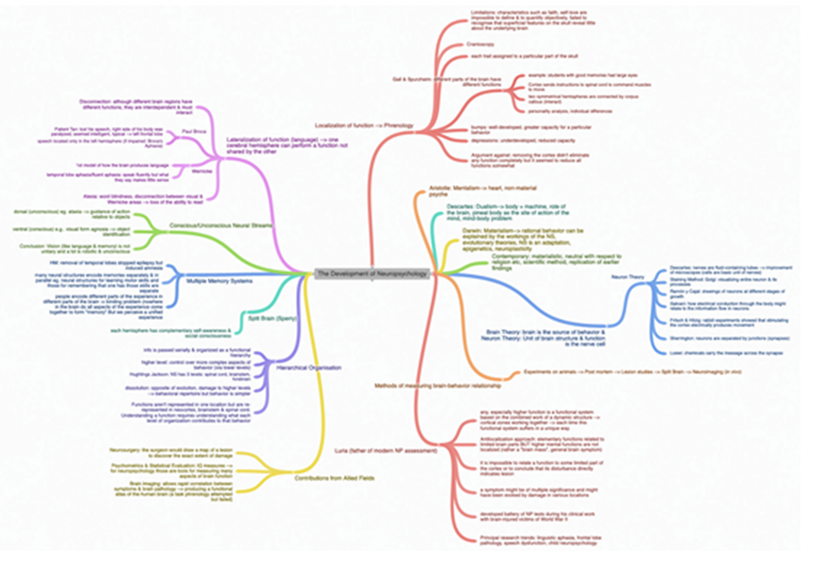What Are You Trying to Say?
One of the Advanced modules we run in CLLR (https://cllr.com.au/register-to-study/) is on the nature of semantics, semiosis, linguistics and the creation of meaning. This Advanced Linguistics module addresses the primary question: what are you trying to say?
![Puke Emoji [Free Download All Emojis] | Emoji Island](https://cdn.shopify.com/s/files/1/1061/1924/files/14.png?10625385272054259166) Most of the simplistic fluff that floats around in the safety space proposes the naïve behaviourist idea that communication is simple, black and white. In this behaviourist ideology communication is just about inputs and outputs, sender and receiver, message and sender, message and receiver. Under the assumptions of this ideology learning is easy, just tell people what they need to know and bingo – job done. Of course by the same naïve assumption, if something goes wrong it can’t possibly be the method of communication, it must be the problem of the receiver, can’t possibly be the problem of the sender or the medium of the message. There you go, its all common sense. It’s the right thing to do, so do the right thing, check your gut, safety is a choice you make! It is better to do the right [safety] thing wrong than the wrong [safety] thing right.” Where’s the vomit emoji when you need one?
Most of the simplistic fluff that floats around in the safety space proposes the naïve behaviourist idea that communication is simple, black and white. In this behaviourist ideology communication is just about inputs and outputs, sender and receiver, message and sender, message and receiver. Under the assumptions of this ideology learning is easy, just tell people what they need to know and bingo – job done. Of course by the same naïve assumption, if something goes wrong it can’t possibly be the method of communication, it must be the problem of the receiver, can’t possibly be the problem of the sender or the medium of the message. There you go, its all common sense. It’s the right thing to do, so do the right thing, check your gut, safety is a choice you make! It is better to do the right [safety] thing wrong than the wrong [safety] thing right.” Where’s the vomit emoji when you need one?
So, if you want communication and messaging to be easy, switch off now because what follows smashes such naïve nonsense on its head and puts it where it needs to be, in the toilet.
For those who even do the smallest level of research on the nature of language acquisition know that no one knows how humans acquire language. After Chomsky absolutely demolished the behaviourists in the 1960s (https://crackerbarrel.weebly.com/) Linguistics has became a new field of interest and with more theorists emerging and still no clue or consensus of how humans acquire language .
So many studies on Linguistics just end up in the same mysteries as those before and so the latest in neurolinguistics, semiotics and the embodyists schools of thought all making the same leaps of faith about language acquisition as those before. About the only thing we are certain of is that the behaviourists have not a clue about language acquisition.
In the Advanced Linguistics module we explore in CLLR the ideas of the 10 major theorists in Linguistics including the works of: Skinner, Chomsky, Merleau-Ponty, Wittgenstein, Derrida, Kristeva, Lacan, Berbe, Halliday, Lackoff and Johnson, Jung and Fuchs. Of course, all in the WHS curriculum and Body of Knowledge, ha!.
What we learn in studying Linguistics is that communication is much more complex and mysterious than the simplistic and naïve stuff that floats about. One thing is to be sure, if the behaviourists are involved whatever results comes out as blaming, projection, guilt and failure.
The moment one embraces a study in Linguistics one faces the proverbial body-mind-brain problem. FYI, here is a neat little concept map of all that is involved just in approaching the problem of Linguistics from just neuropsychology.
There you go, piece of cake, common sense, check your gut and do the right thing, now map the remaining dozen or so theories and you might get some idea of the challenge.
So, when one approaches the fundamentals of communication and the complexities of learning (https://safetyrisk.net/learning-styles-matter/ ) one needs to be wise, eclectic and transdisciplinary in order to understand the complexities of communicating to the conscious and unconscious. Hmm, wise, eclectic transdisciplinary, oh well that cuts out Safety. Oh well, back to the alternative – dumb down, dumb outcomes, blame the receiver and continue to wonder why key messaging doesn’t work.
When exploring the effectiveness of communication the following need to be considered:
· Systemic codes and conventions
· Linguistic architexture
· Syntactics
· Paralinguistics
· Dialectics
· Ideoletics
· Intertextual dynamics
· Cultural and Historical Influences
· Structural semantics
· Presentational Formal and Informals
· Epistemic Purpose
· Aesthetic Factors
· Logical Principles
· Semiotic Codes
· Semantic Codes
· Ethical Norms
· Ideological Principles
· Psychological Codes
Then of course, just within paralinguistic factors are more than a dozen critical bodily codes that can change the purpose and success of a message just by: tone, pitch, rate, timbre, rhythm and pitch of voice. And that is just for spoken text.
The more one researches the nature of language. Linguistics and communication the more one knows just how dumb the ‘tell it and police it’ model is. The more one realizes that 95% of communication is interpreted unconsciously; the less one buys into the silly ‘tell it and police it’ model of safety.
Whilst the task may be a little daunting, a study of Linguistics helps with a far better possibility of success if you are trying to actually care to say something and want it to ‘work’ and result in learning.




Do you have any thoughts? Please share them below